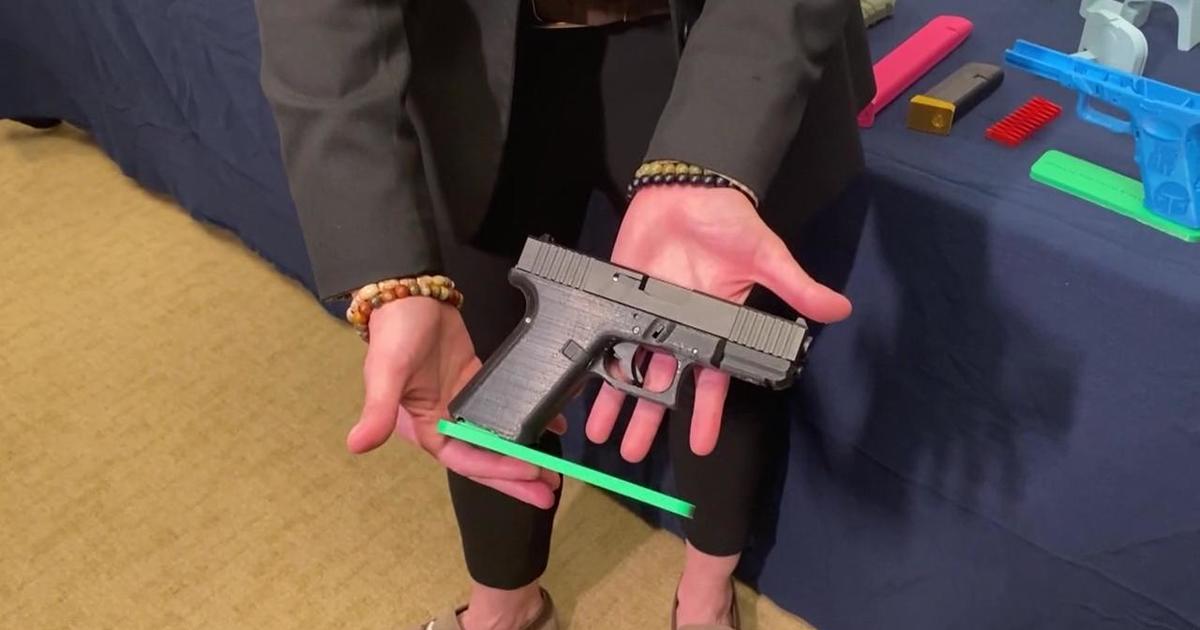Seen At 11: Triage Training Could Turn Regular People Into Lifesavers
NEW YORK (CBSNewYork) -- Coming face to face with trauma -- for every chilling account of what happened in Las Vegas there are stories of heroism.
But would you know what to do if the person next to you was bleeding to death? As CBS2's Jessica Layton reported, triage training could save a life.
Regular people transformed trucks into ambulances and refused to leave the sides of dying strangers.
"There was people sitting there who wouldn't leave people that were shot," one witness recalled.
It all happened after bullets rained down on the crowd at a Las Vega concert.
"People were heroic in every way possible," Dr. Robert Glatter said.
Dr. Glatter, of Lenox Hill Hospital has been amazed by those who jumped into action.
"You like to think if, in one of those situations where you have the chance to save someone you could," he said. "I think you have to keep a cool head -- what do I have available that could help this person bleeding."
The emergency room physician said number one in any trauma situation -- apply pressure to the wound, with some kind of barrier between your bare hands and the bleeding victim.
Even an extra shirt or sweater will work.
"You put your whole body weight on it, and push as hard as you can," he said.
If that doesn't help it's time for a tourniquet. Chances are you don't carry a real one around, but a piece of a shirt, a neck tie, or a belt will do the trick.
"Let's just say there's a bullet wound or stab wound here, you go one to three inches above," Dr. Glatter said.
He demonstrated for CBS2's cameras on paramedic Cono Cimino.
"You just cinch your belt tight, and you do the best you can until there's no bleeding," he said.
Cimino -- a 16 year EMT -- has seen the makeshift tourniquet used to help victims in stabbing incidents and accidents with knives in the kitchen.
We've all seen the life saving impact in Las Vegas.
"In any type of traumatic injury, time is of the essence," Cimino said, "Ordinary people do extraordinary things all the time."
Dr. Glatter said a tourniquet should never be worn for more than two hours. In most situations the victim will have gotten help from professionals by then. He also said that those who feel inclined to carry a real one with them just in case can by them online from $10 to $40.



